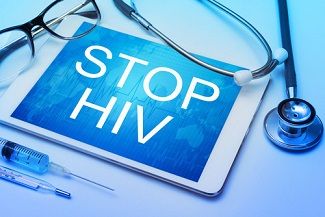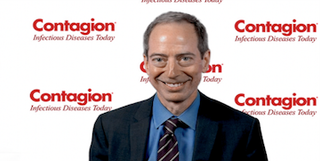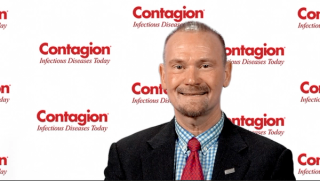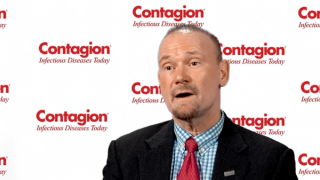
HIV / AIDS
Latest News

Latest Videos

More News

Nurses and other providers should incorporate safety planning into PrEP care for women experiencing intimate partner violence.

An online survey found that people living with HIV who had lower incomes are at a higher risk for household material hardships and poorer health outcomes.

Nurses stationed in public sexual health services and specialist HIV general physician practice study sites were integral in facilitating rapid PrEP uptake.
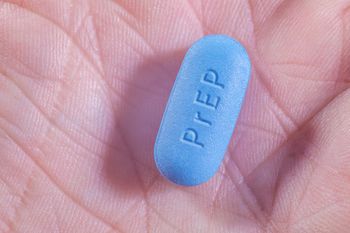
A new review in The Lancet HIV discusses the next generation of HIV prevention, called PrEP 2.0.

The FDA has authorized marketing of the Sentosa SQ HIV Genotyping Assay, which detects HIV-1 mutations in patients undergoing or about to initiate antiviral treatment.
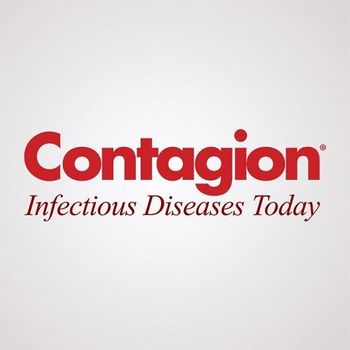
The Contagion® editorial staff will be providing exclusive written and video coverage from ANAC 2019.
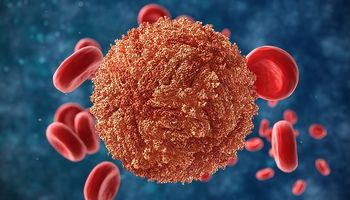
By repurposing the HIV treatment rilpivirine, investigators have opened up possibilities for treating Zika virus and other flavivirus infections which overlap with HIV.
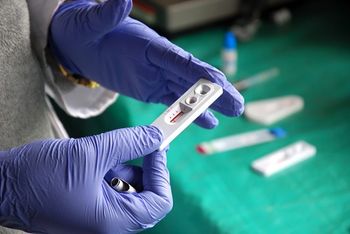
Blood sample testing in African countries using rapid tests is a mixed message. Accuracy in HIV improved, but accuracy in hepatitis B and C testing did not.
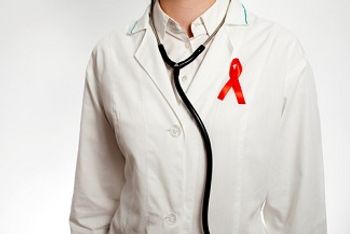
A new commentary from NIAID experts suggests that we already possess many of the tools necessary to end the HIV epidemic, but that improving implementation is essential.

When a recent study unexpectedly found that pregnant women taking the isoniazid had a higher rate of poor pregnancy outcomes, a team from Johns Hopkins University set out to clarify the findings.

Study authors examined which countries offer PrEP reimbursement, what barriers exist to implementation, and calculated the overall “PrEP gap” for the EU.

Both organizations will invest $100 million to develop and advance candidate gene-based cures for HIV and sickle cell disease to clinical trials within 10 years.
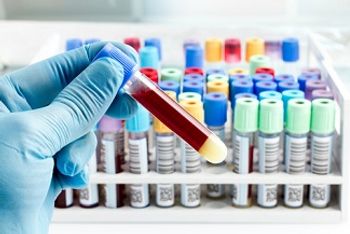
Universal screening identifies cases in those who do not consider themselves at risk and helps re-link previously known patients who have fallen out of treatment back to care.

Gregory Felzien, MD, discusses the surprising benefits HIV clinics encounter when they enhance community engagement.

A medication that secretes growth hormone is shown to reduce liver fat in an HIV-positive population, and investigators would like to see it used more widely.
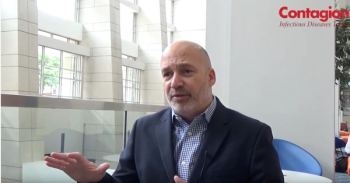
Max Brito, MD, MPH, discusses his presentation from IDWeek 2019 which compared HIV treatment in a community-based model versus a hospital-based model in Chicago.
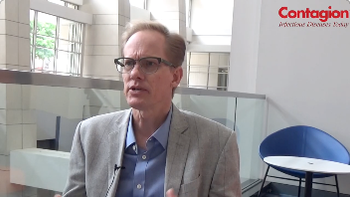
Gregory Felzien, MD, AAHIVS, discusses prevention beyond PrEP and creating a safe environment for patients with HIV.

Pooled analysis linked baseline demographics, including lower CD4 count, higher HIV-1 RNA, no history of injection drug use, female sex, and black race, to weight gain following ART initiation.
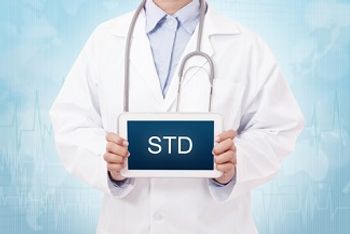
The latest report from the CDC shows that preventable infections are on the rise nationally. Particularly hard hit are women, young people, minority groups, and infants exposed to syphilis.
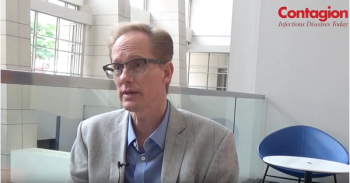
Gregory Felzien, MD, AAHIVS, discusses barriers to HIV care, particularly in neglected rural areas.

When the CD4 count seems too good to be true.
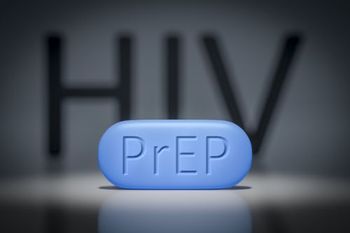
A study suggests young black MSM can experience delays in PrEP initiation if they do not have health insurance, even if expanded access through manufacturer assistance programs is offered.

The study focused on women living with HIV in areas where TB is highly prevalent.
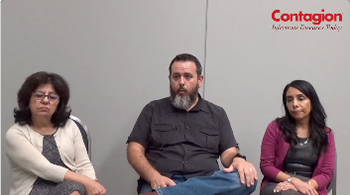
Investigators with The University of Texas Health Science Center embarked on a study to determine whether HIV disclosure at the emergency department should be based on preliminary results.

Patients with a new diagnosis of HIV may benefit from rapid start of ART.

